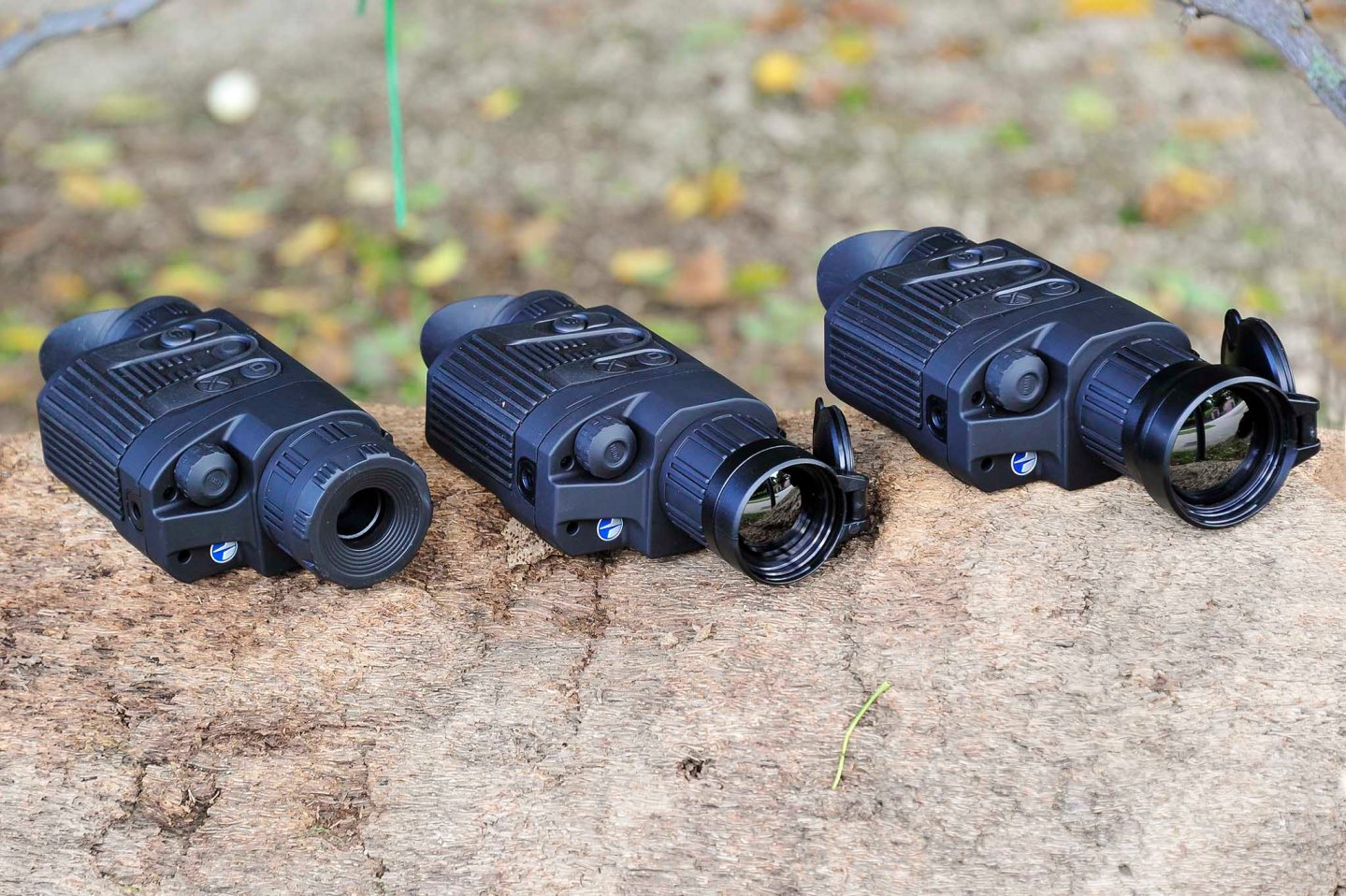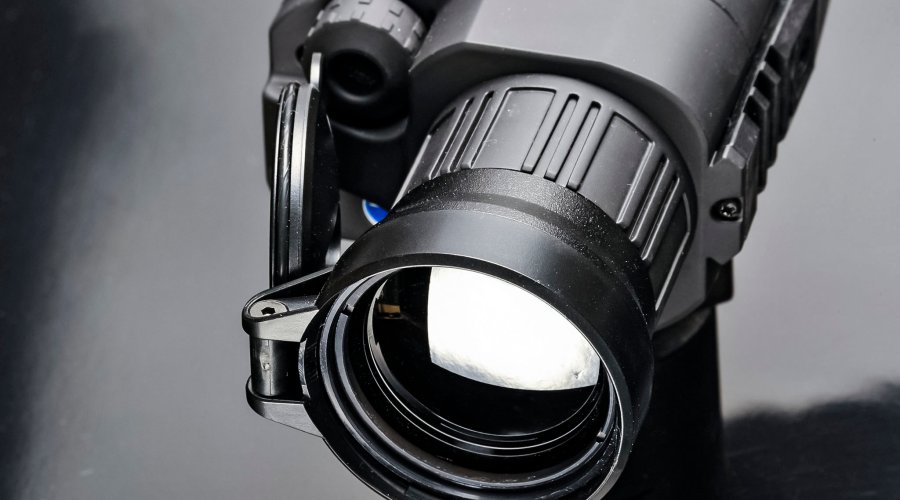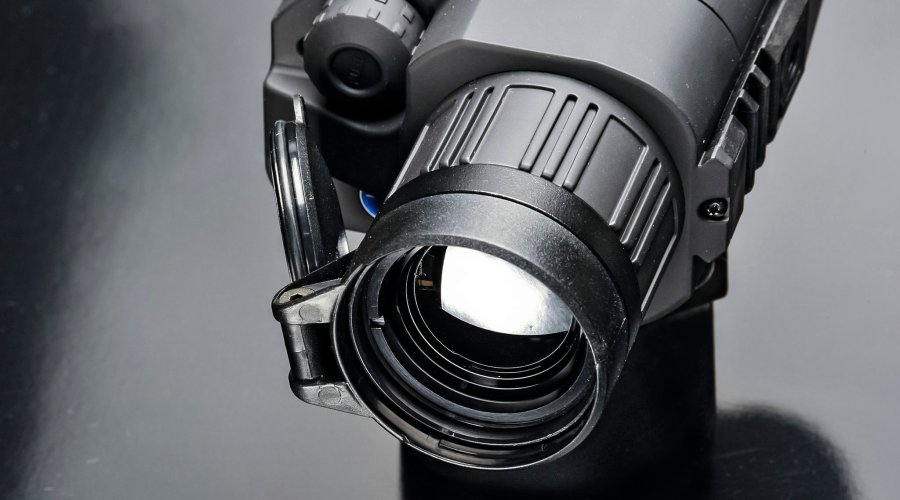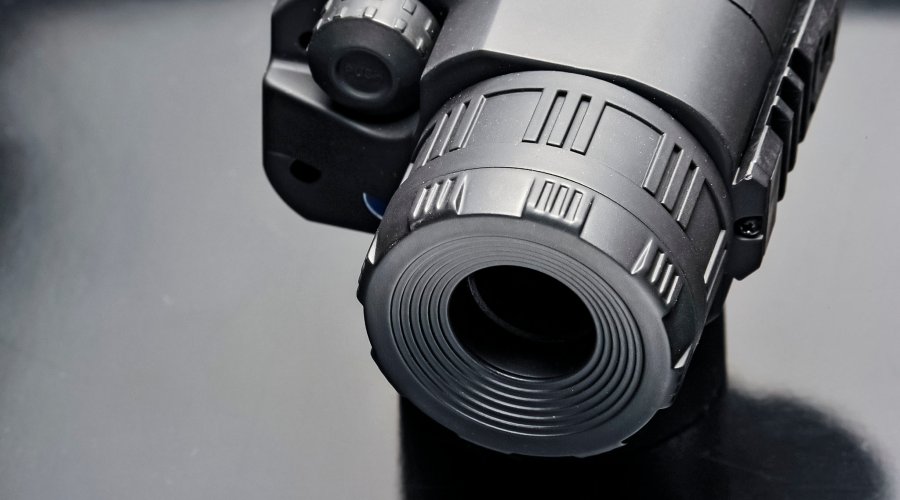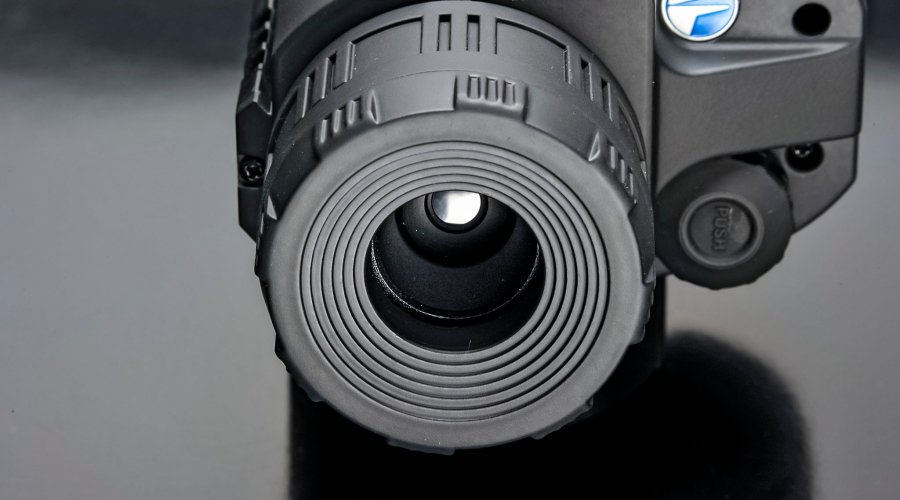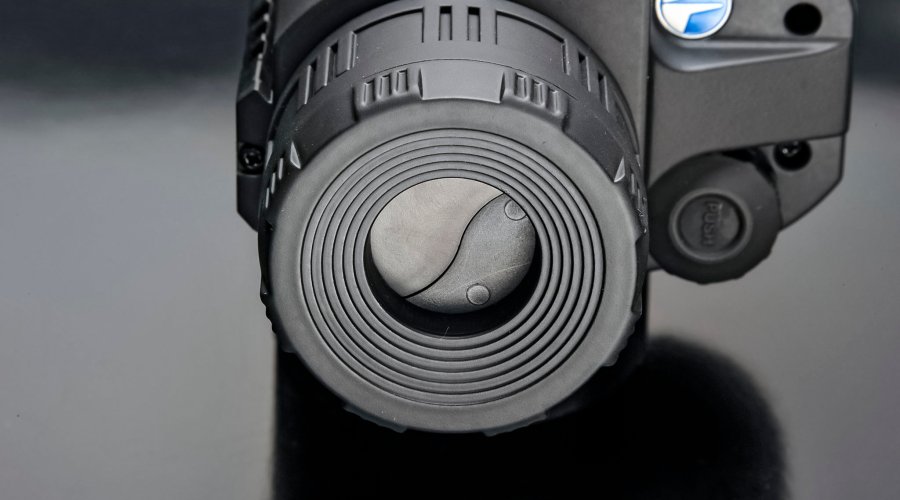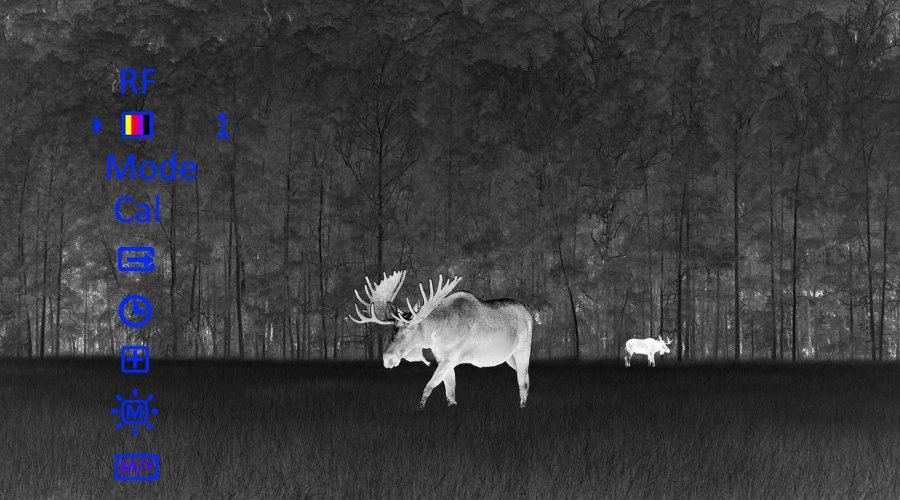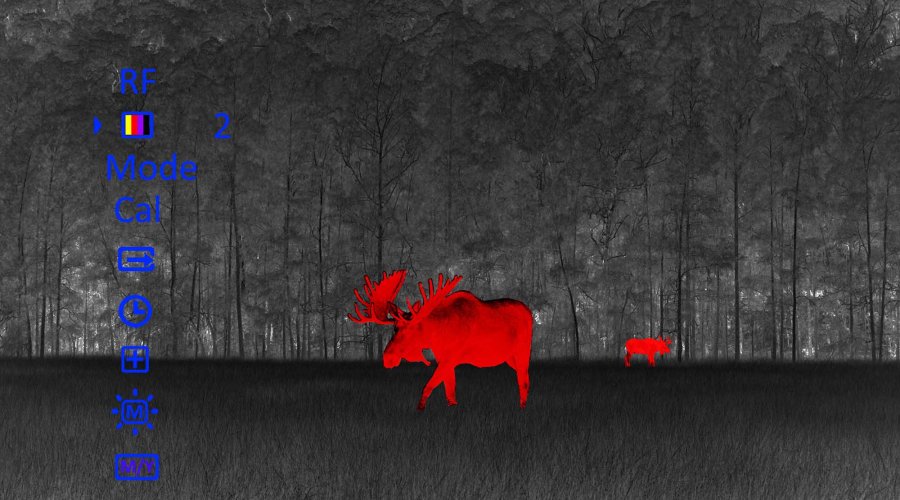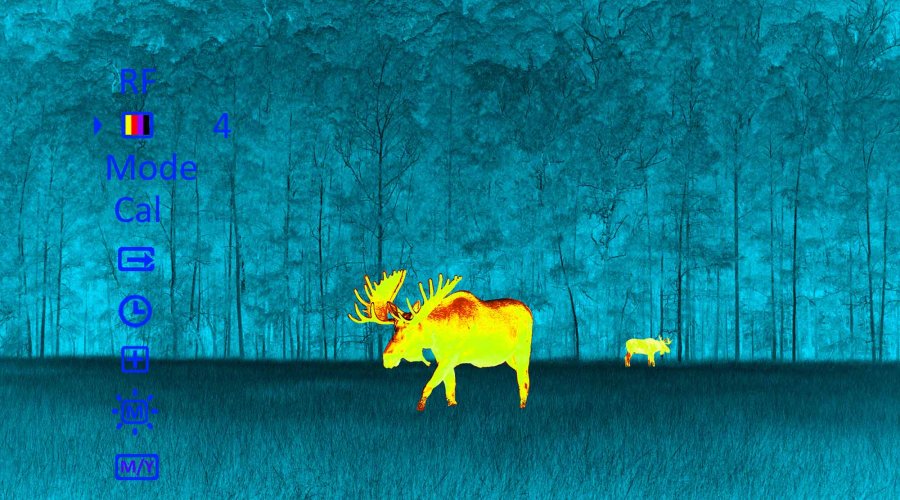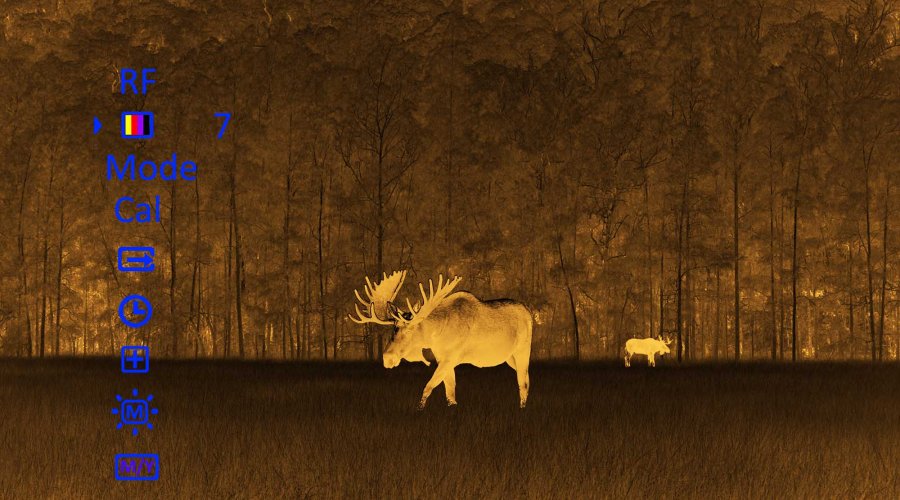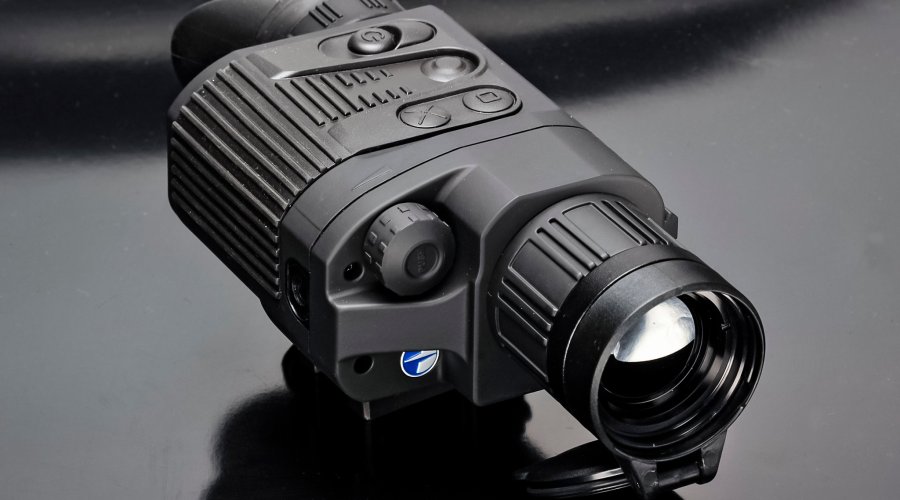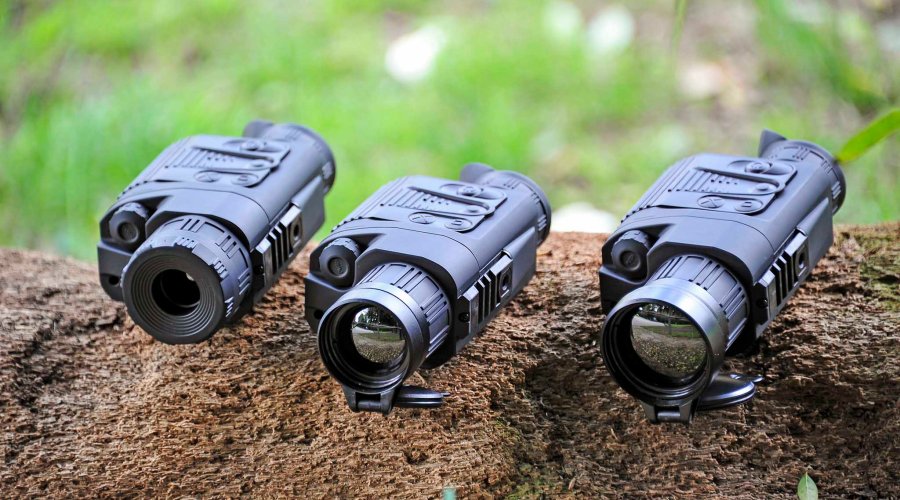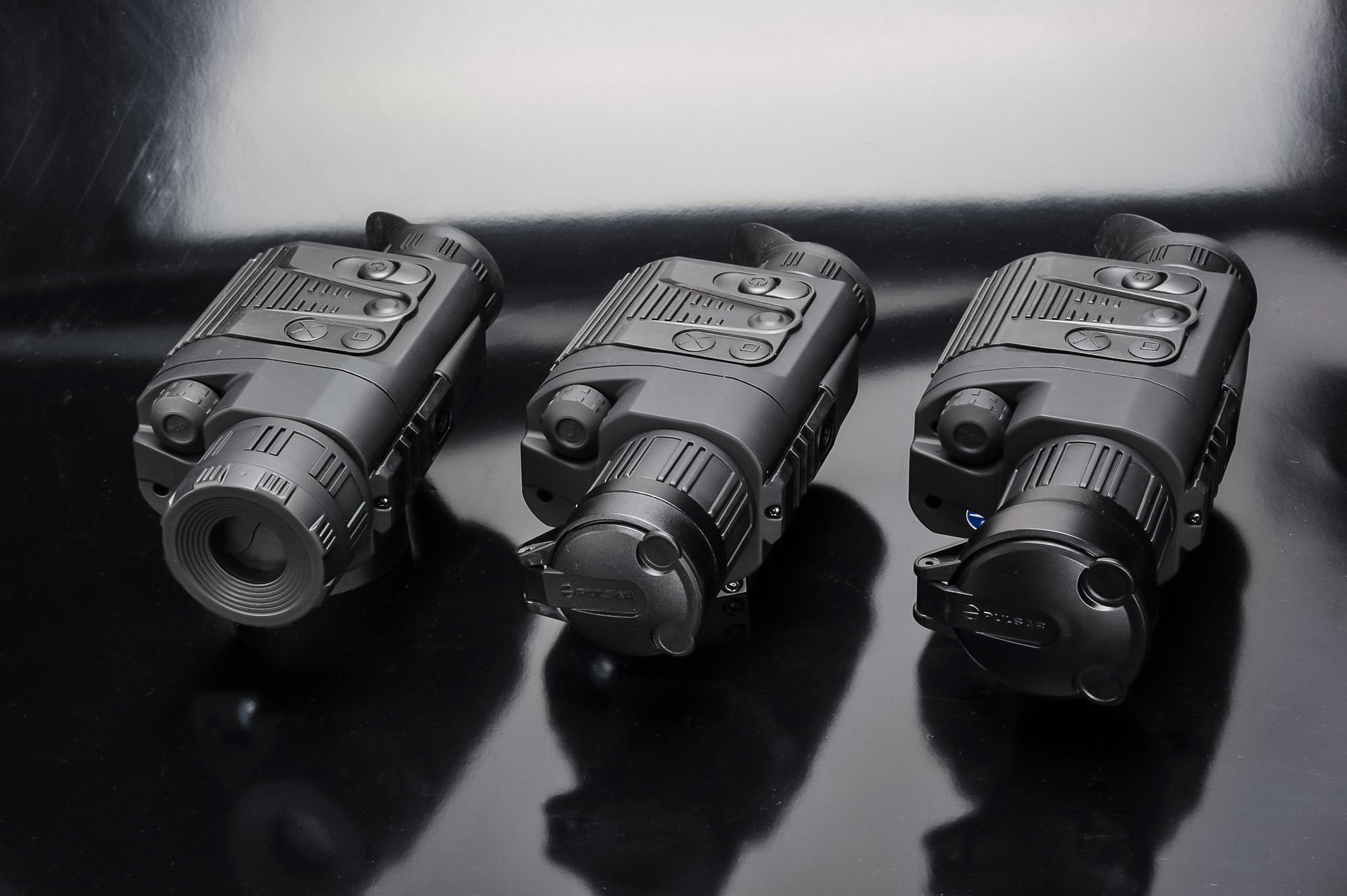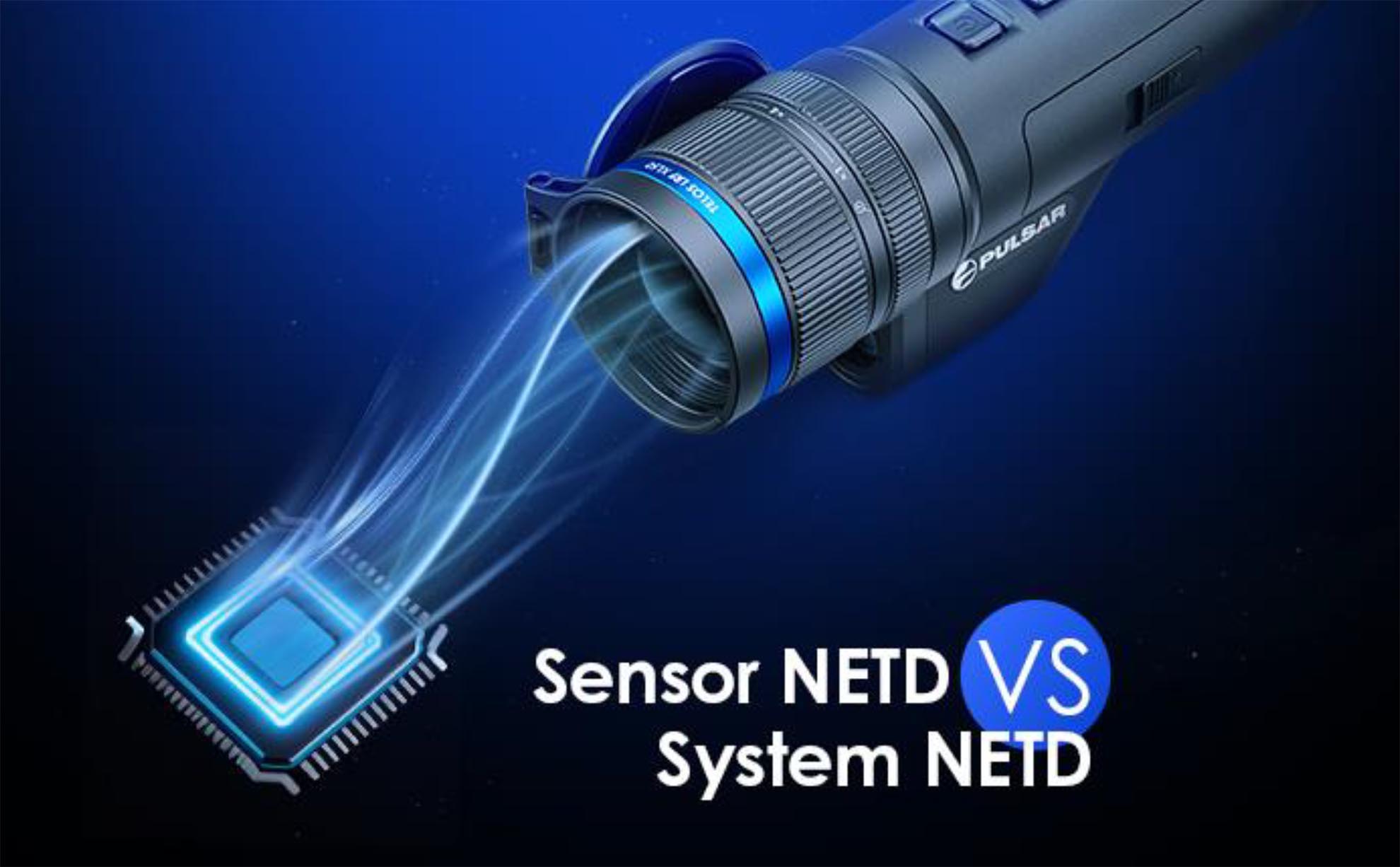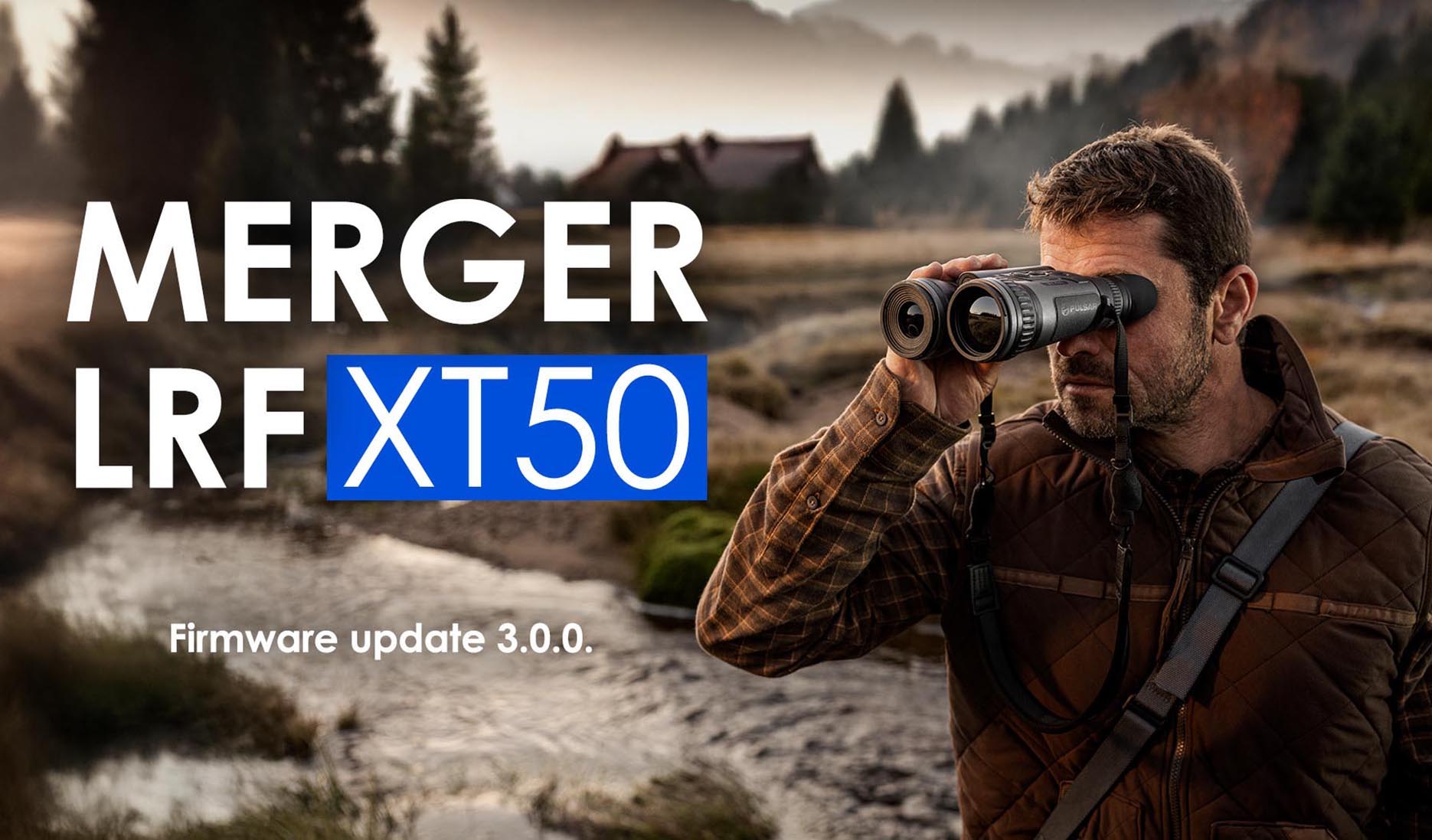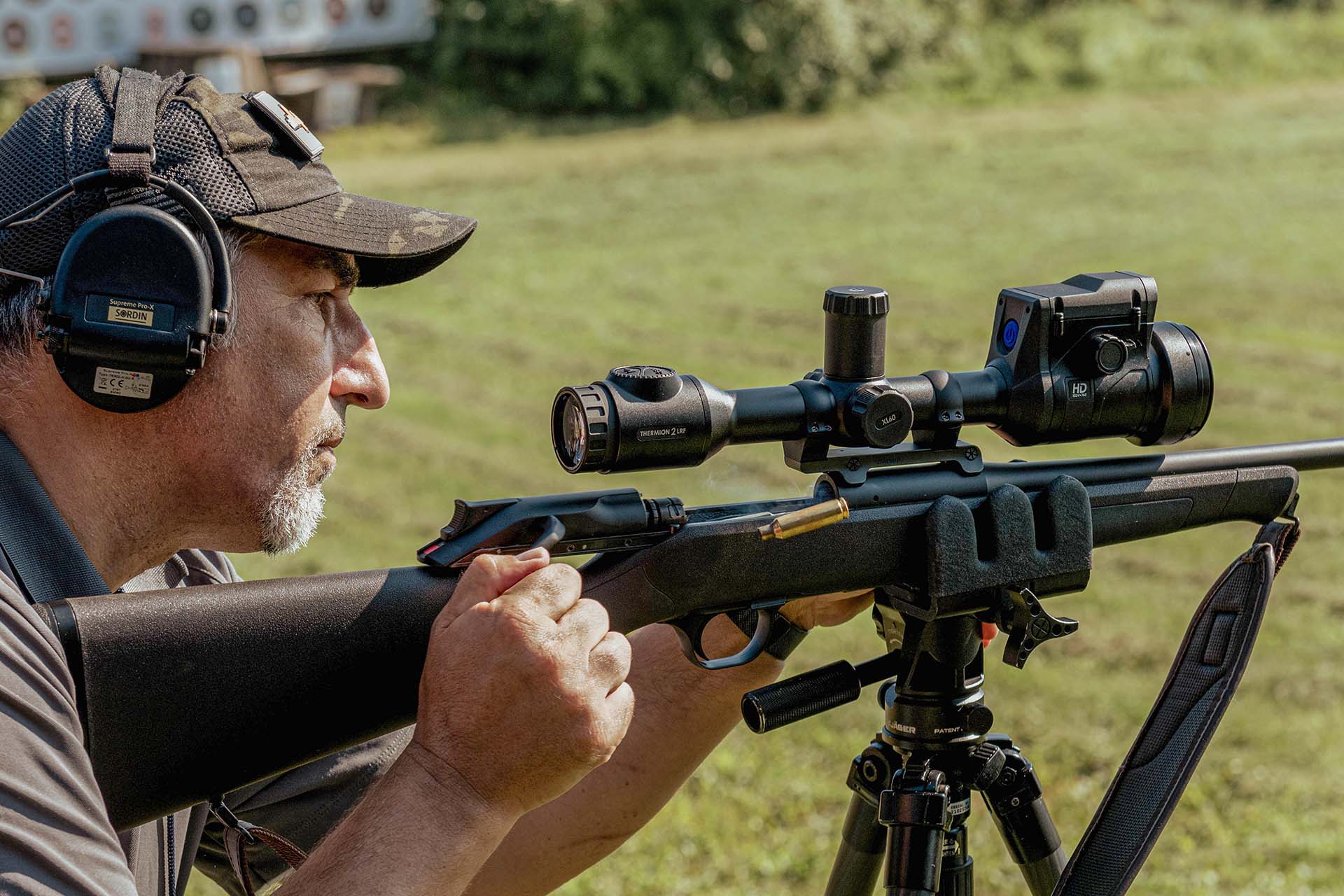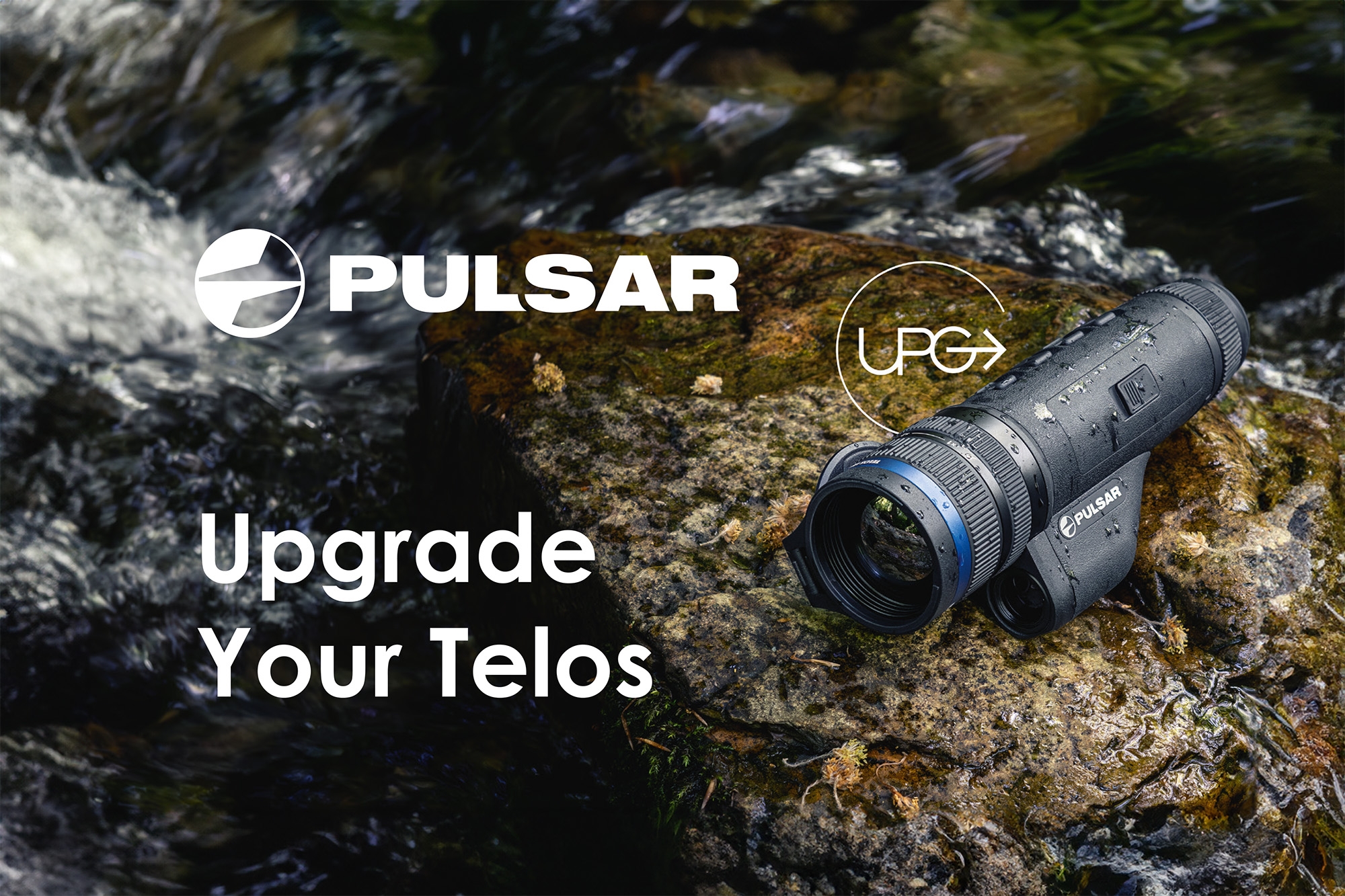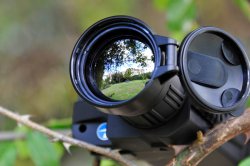
The Pulsar Quantum range of thermal imaging scopes was the first of its kind with state-of-the-art resolution, refresh frequency, image quality and sensitivity available for the European civilian market. Thanks to the launch price, which was pretty close to that of a good second generation night vision system, it was in a price range hunters found very interesting.
These scopes have left their mark on the market, also thanks to the fact that many rival systems from the US are limited to a refresh frequency of just 9 Hz to meet ITAR regulations. The continuous updating of the Quantum series has led to the introduction of new functions, maintaining the basic features of each model unchanged, until now.
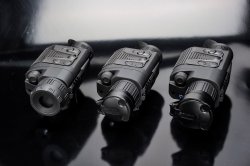
In fact, Pulsar has completely renewed its range of thermal imaging scopes with the Quantum XQ series, which consists of three models: the XQ19, XQ38 and XQ50. The number, as in the previous HD and XD versions, represents the focal length of the objective Germanium lens; the lens and eyepiece architecture is the same.
The scope has the same IPX4-certified glass fiber reinforced polymer frame, part of which is coated with non-slip rubber, and if it wasn’t for the different layout of the top panel controls, with an extra button on the new version, it would be impossible for you to tell the difference between a new Pulsar XQ thermal imaging scope and the previous generation.
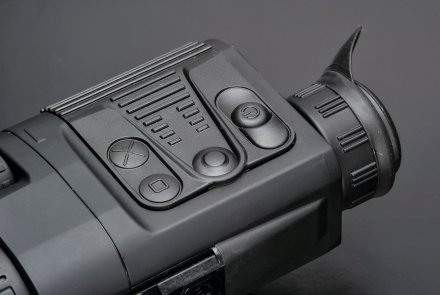
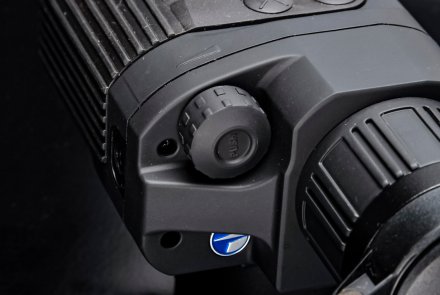
The major changes are all in fact, “under the hood”: the thermal core of the Pulsar XQ thermal imaging scope is completely new and redesigned around an uncooled microbolometer sensor made by ULIS (a company in the French group SOFRADIR) using Pico™384 Resistive Amorphous Silicon technology (384 x 288 pixels with a pixel pitch of 17 μm). The sensitivity of the Quantum XQ’s new sensor (also known as NETD, or Noise Equivalent Temperature Difference) is of course excellent, approximately 65 mK.
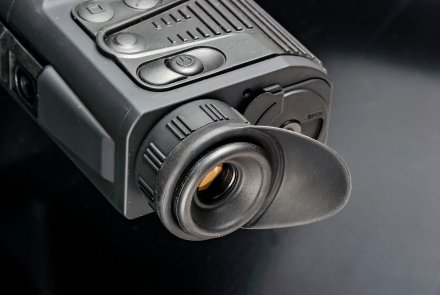
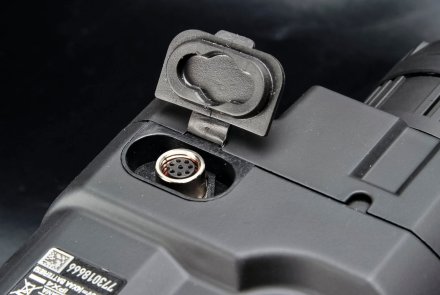
The pixel pitch (the size of each single sensitive cell in the sensor) has dropped from 25 to 17 μm and this not only means better performance, lower costs, improved power consumption and improved integration, but also a more compact sensor than before, with a reduction in size from 24.2 mm to 16.5 mm at the edge of the sensor. This means that magnification increases at the same focal distance: if we compare the Quantum XD38 with the XQ38, native magnification has increased from 2.1x to 3.1x (the so-called photographic “crop factor”). What’s more, the electronics have been notably improved, as has the software, which now offers more functions. Start-up time has also improved, and the system now starts in just two seconds.
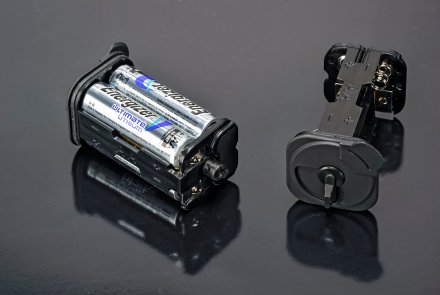
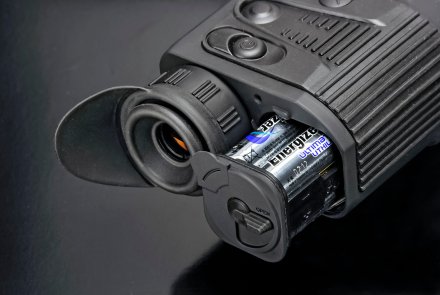
The refresh frequency on all the models in the Quantum XQ series is an impressive 50 Hz, and there’s now also a remote control to operate the system remotely, something we’ve already seen on Yukon Digisight and Pulsar Apex optoelectronic scopes. The power/video output connector has been changed and is now the same as the one used on the Apex.
Pulsar sent us the full Quantum XQ series of thermal imaging scopes to test: the XQ19, with a native magnification of 1.6x; the XQ38 with 3.1x; and the XQ50 with 4.1x. Each scope has a 4x digital zoom: so the max. magnification of the three models is 6.4, 12.4 and 16.4, respectively.
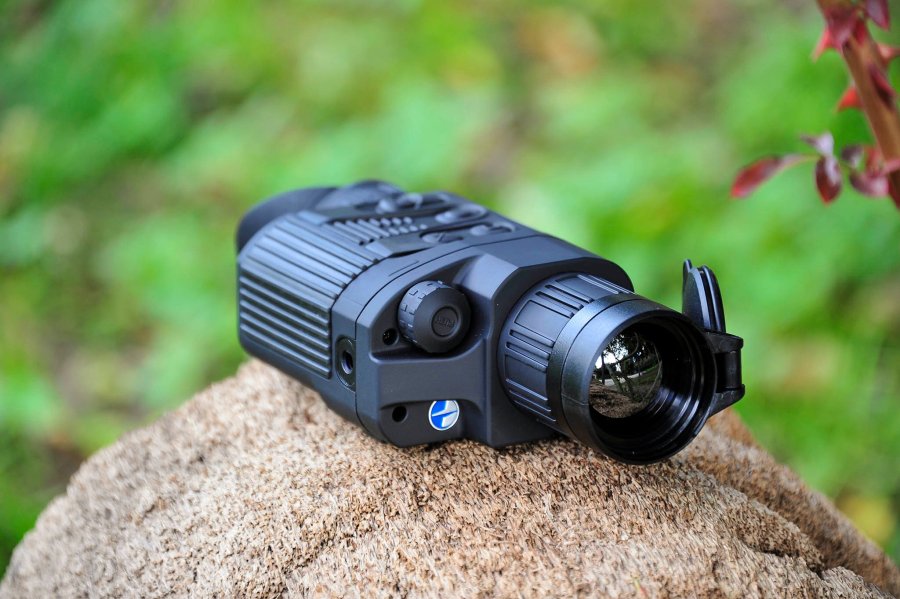
Each thermal imaging scope comes with a nice black Cordura® carrying case with a neck strap, cables, manual, two battery cartridges and the remote control. The Quantum Pulsar is powered by four AA batteries (included), fitted to a cartridge. Although you can use any type of batteries, 1.5 Volt lithium batteries (Energizer L91 or generic FR-6) are recommended for the best battery life and resistance to low temperatures.
The instrument feels quite heavy in your hand with the XQ38 weighing around 430 grams with its batteries. The feeling when touching the plastic is one of good quality with an excellent grip on the rubber parts. The new layout of the controls is much more rational than before, and the display standby function (pressing the ON/OFF button momentarily) is very useful when hunting or when you want to keep a low profile, while also preventing you from accidentally shutting the system down, which was easy to do on earlier versions. The remote control is the same that comes with the Apex, and it has three main controls (ON/OFF, calibration, and digital zoom).
The system starts up very quickly, and you’ll have an image in the eyepiece in two seconds. The OLED 640 x 480 pixel color display appears to be brighter and has a colder tone than on previous versions of the Pulsar. The performance of the new sensor is a marked improvement on previous versions. The image is generally clearer, with fewer flaws and it decays much more slowly, so you don’t have to calibrate the system so often. The refresh frequency is an impressive 50 Hz which makes the images very fluid indeed, and even watching fast-moving objects there’s no stuttering, blurring or "ghosting" effect.
Contrast appears to have improved too.
As on the previous Quantum XD, the XQ also has an interactive stadiametric rangefinder reticle that can measure animals of a known height (hare, 30 cm; boar, 70 cm; deer 1.7 m), and you can choose between seven color palettes to display the temperature differences in the objects and environment you’re watching in the most effective way. One thing we found frankly useless was the 4x digital zoom, as anything over 2x produces an image that’s too poor to make out important features. Focusing is easy enough, although we think the min. focal distance has increased slightly; the focus ring is tight to adjust and travel is short.
A final note on the various models.
The ‘baby’ of the series, the XQ19 with 1.6x magnification, is the best value for money as for quite a reasonable price you’ll be able to buy what might be your first “serious” thermal imaging system; the magnification is more than enough for hunting and we’d highly recommend it for the driven hunt also due to its short min. focal distance. The XQ38 with 3.1x magnification is the “all-rounder”, the perfect balance between performance and price (note that the Germanium with which these lenses are made is extremely costly, being literally worth its weight in gold), while the XQ50 with 4.1x magnification offers top performance and with its high magnification power we’d consider it ideal for professional use, such as surveillance for example.
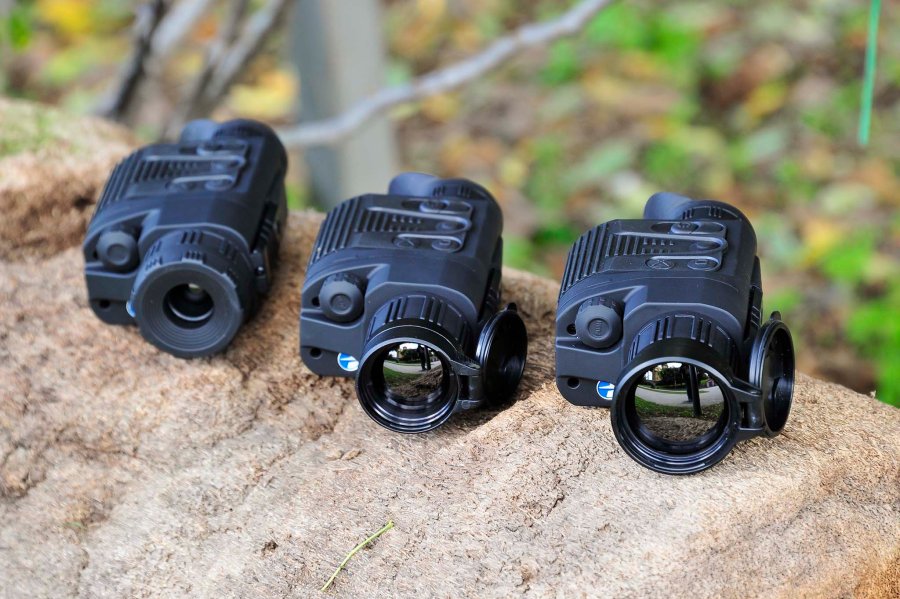
Last but not least, remember than none of the Pulsar “full frame rate” thermal imaging scopes (with a refresh frequency of 30 or 50 hz) purchased in EU can be exported to any country outside the EEC without a proper export license.


